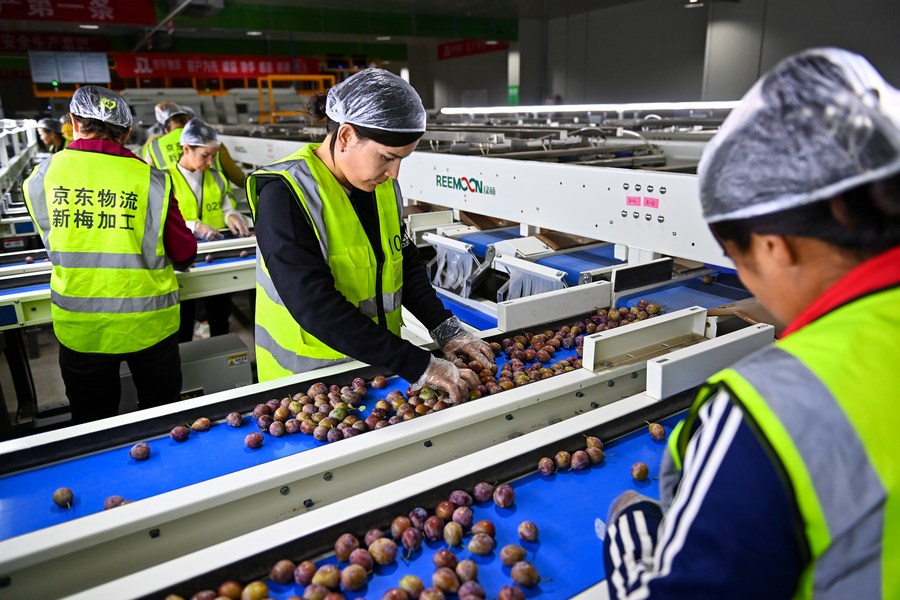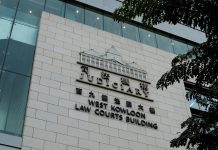URUMQI: In September 2022, 18-year-old Ekeramujan Tuohti from northwest China’s Xinjiang Uygur Autonomous Region faced the most challenging moment of his life, asking, “Can I still keep my legs?”
He accidentally fell into a cement mixer just after graduating as a wrestler from a sports school in Kashgar, sustaining serious leg injuries. Thanks to Pan Chunqiu, a doctor attending a medical assistance program in Xinjiang, the teenager who was on the brink of losing both legs underwent three operations and ultimately retained his left leg.
China has been implementing “pairing assistance” programs in Xinjiang since 1997, channeling financial, technical and human resource support across various sectors from different regions of the country to Xinjiang.
Official data shows that the assisting provinces and cities have invested nearly 170 billion yuan (about 23.7 billion U.S. dollars) in Xinjiang over the past decade, with 80 percent of the funds spent on improving people’s lives by providing them with access to safe housing, asphalt roads, tap water, and better education and medical services. “It was the doctors from Shanghai in the pairing assistance program who gave my son a second life,” said Alitenguli Semer, whose son had a rare heart condition.
Due to limited health services back then, the family had lost all hope. Fortunately, a doctor from Shanghai named Feng Liang worked out a diagnosis and treatment plan for the patient.
Feng was in a pairing assistance program in Xinjiang and facilitated an online consultation involving doctors from Shanghai and Xinjiang.
In August 2017, Alitenguli Semer’s son underwent a successful operation in Shanghai, and today, he lives a life no different from that of any normal child.
The assistance initiative has greatly improved the well-being of people of all ethnic groups in Xinjiang and has made great contributions to the eradication of absolute poverty.With continuous support, Xinjiang has accelerated its high-quality economic development. Over the past decade, the regional GDP has doubled, reaching 1.7 trillion yuan in 2022, while growing at an annual average of 6.6 percent. Its industrial structure has been continuously optimized, and the region now has a modern industrial system led by the petrochemical, electric power and textile industries.
Over the past decade, 21,000 officials and over 90,000 professionals from sectors including education, science and technology and medical care signed up for the program to support Xinjiang’s development. –Agencies





